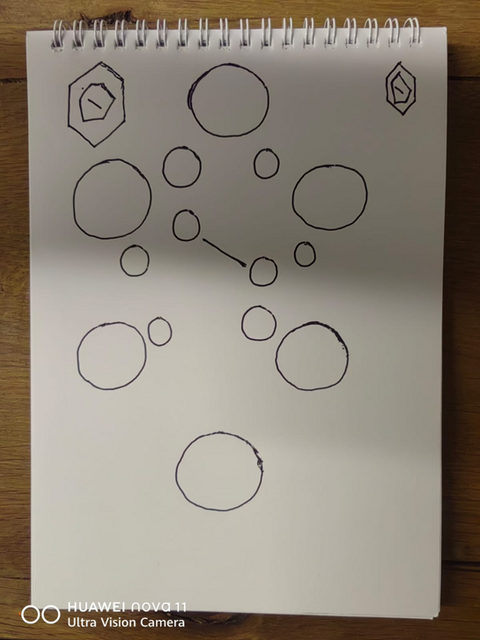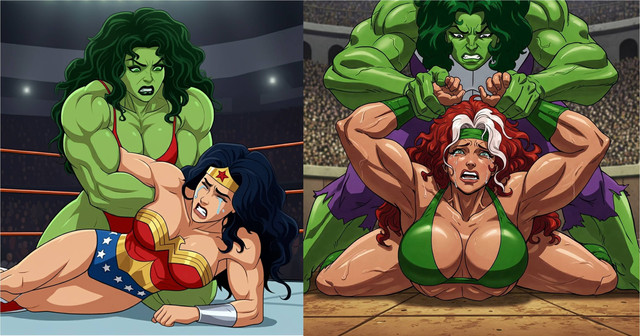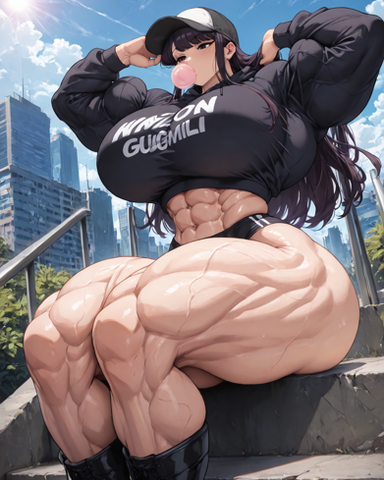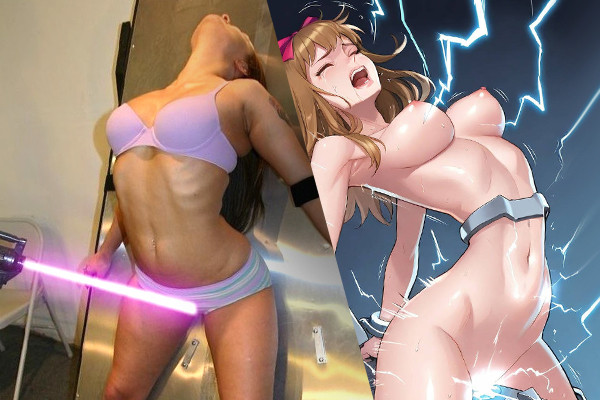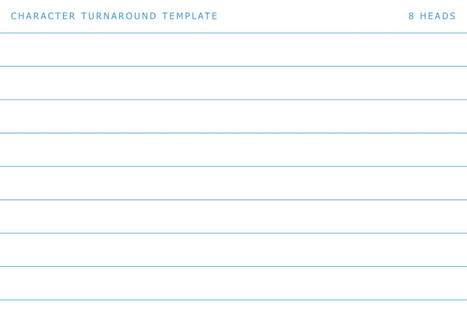HOME | DD
 CookiePhantom — Simplified Storyboard Template
CookiePhantom — Simplified Storyboard Template

Published: 2010-04-19 00:14:22 +0000 UTC; Views: 12664; Favourites: 34; Downloads: 3398
Redirect to original
Description
EDIT: Okay, sorry, the JPEG file was hideous so here is a PNG one. I don't know if you still have to hit Download to use it...EDIT 2: Removed the fractions thing cause it's too confusing. You can just skip it altogether or continue to write it in if you're used to it.
EDIT 3: Ack, I just realized that if you print out one per page, it resizes it to fit the page and becomes blurry. Most people do one per page so you have more space to draw and write, and if this is the case, I may make a bigger one soon. I myself use two per page, but it is kinda small...
Here ya go, a storyboard template for you to use in comics, animation, film, whatever. You don't even have to credit me. You're welcome... ;D
-Instructions-
Erase the stuff at the top and replace it with your own logo, title, etc., whatever you want. Print it out, write the name of the episode or project title in the top right corner labeled "EP," and then make copies (if you don't have a copy machine or access to one, type the title before you print everything).
Quick tip for people new to storyboarding: for comics, the storyboard should look exactly how the final product is going to look in terms of pacing. For animation and film, it should include major AND minor changes in movement.
The boxes on top are for artwork. The boxes below explain whatever is above it. Remember, action is better than dialogue. If you don't have room for the dialogue in one box, you're doing it wrong. ;D For the action box, not only explain all of the actions, but be sure to include any camera movements/zooms/pans, character facial expressions, or effects such as shadows, reflections, blurs, etc. If you're storyboarding for animation and film and the action is very dynamic, you can draw some small pictures in here as well. For the dialogue box, include the name of the character speaking (or thinking) and any sound effects.
Technical stuff: The box labeled "PG" is, of course, the page number so you don't lose track of things. "SC" stands for scene number. "BG" is obviously background, and is most often left blank unless a reference is specified.
Some other terms you might want to use include:
OS = off-screen (also for dialogue)
EXP = expression
CONT = continued (if an action is long)
Do not hold = (for animation) if something is supposed to be moving
SFX = sound effects, duh.




 This goes for comics as well.
This goes for comics as well.INT = interior
EXT = exterior
Hope this helped! Happy storyboarding!
Related content
Comments: 7

Thanks a ton, I thought I still had some from animation classes but don't so these are a lifesaver.
👍: 0 ⏩: 0

Thanks, this would be a great help to an animation project I'm helping out with.
👍: 0 ⏩: 0

Cool! Glad I could be of help
👍: 0 ⏩: 0

I'm sorry to ask, but what exactly does an interior shot look like? I can't find an example online and I was wondering if you knew. (I'm new at storyboarding, so I apologize for this silly question)
👍: 0 ⏩: 1

Don't be sorry to ask 
👍: 0 ⏩: 1

Thanks so much ^^ That helped a lot
👍: 0 ⏩: 0










